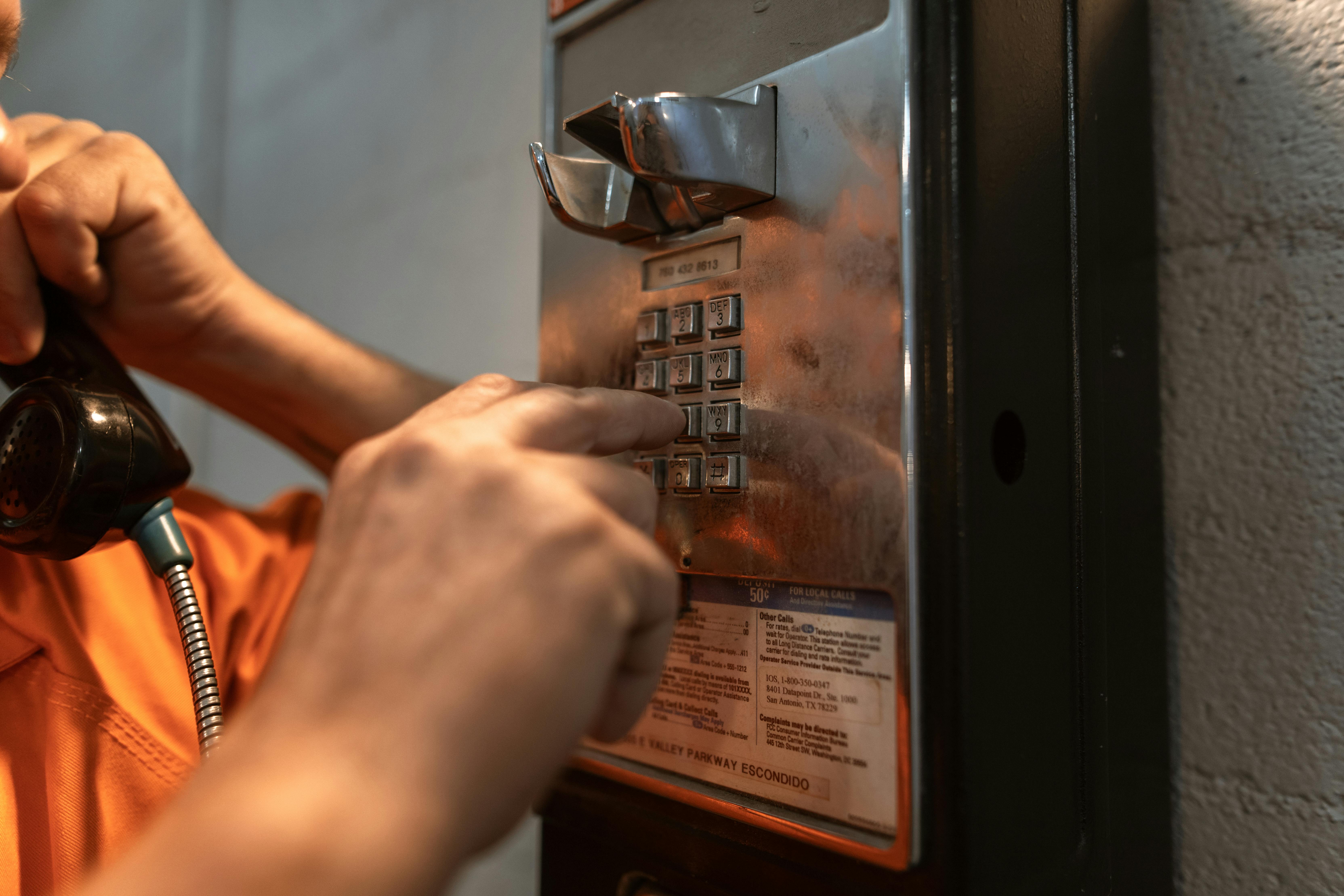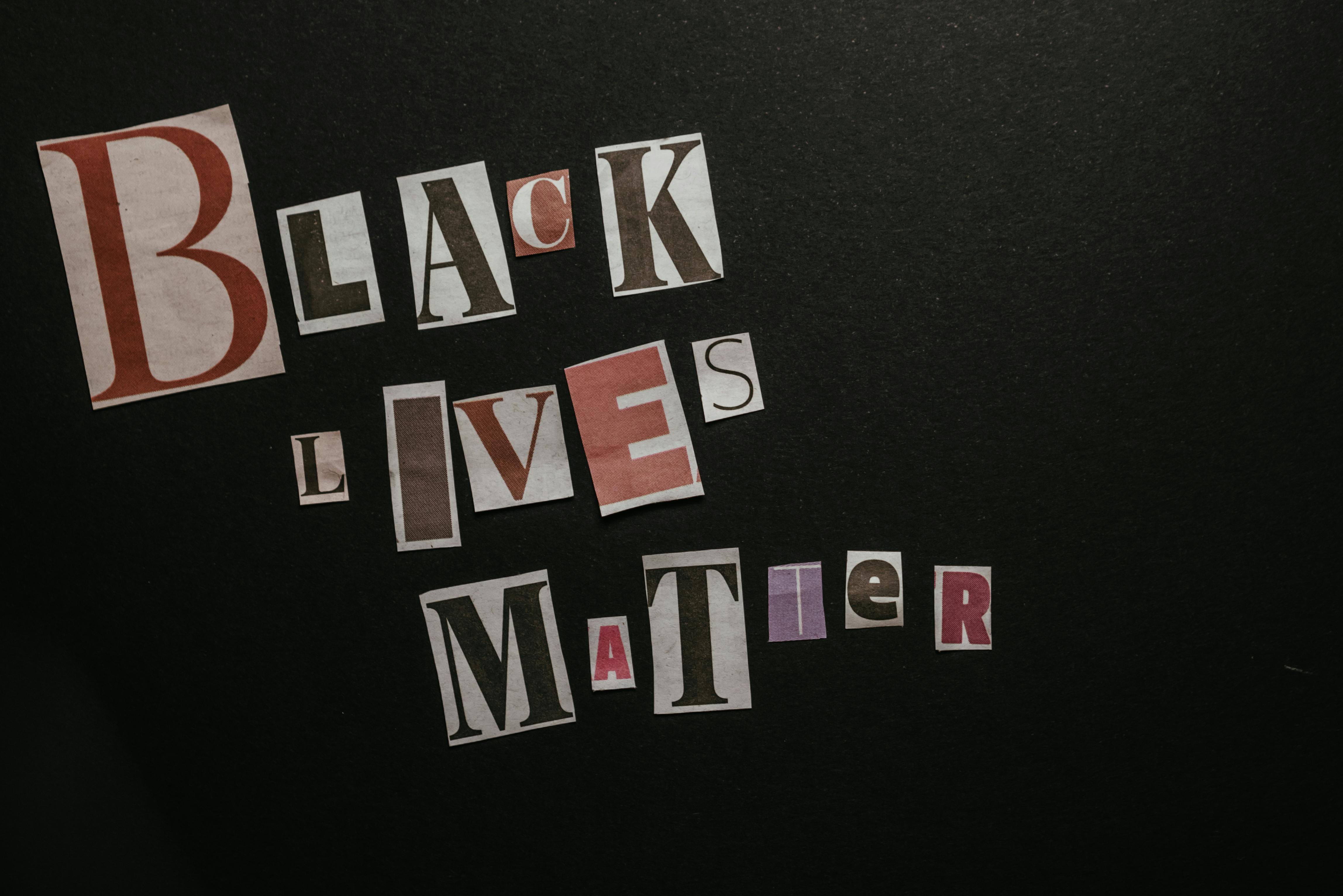Let me begin by reinventing a Jungian idea: “If we consider the nation as one individual for a moment, we see that it is like a person carried along by unconscious powers; it likes to keep certain problems hidden in separate places.” drawers.” Of course, there is an idea that lies at the heart of Philippine history, an idea so absurd that one might be led to believe that Jung was right when he said that “our world is, as it were, dissociated like a neurotic.” And the idea is this: change is cruel, so one must reject change because whatever comes from change is just a corruption of the original; because change has also become a problem in Philippine history that one should “save” in a “separate drawer” so people see what they only want to see.
The history of the Philippines is full of myths that are, so to speak, one step shorter than delusions and hallucinations. As an example, I give two myths and a consequence of these myths. The first myth is that of a Philippine Civilization before the arrival of the Spanish, or to be more exact, before the arrival of Islam. The second myth is that of the true Filipinos who inhabit such a civilization. The combination of both produces the first narrative of the neurotic history of the Filipino people. Now it seems that in the beginning there was a civilization and the civilization was good; The early Filipinos (hence true Filipinos) were good seafarers, they already had a form of religion, they could produce songs, create merchandise, build small huts, cultivate land and start agriculture, establish a system of government called a barangay, establish trade with other neighbors in Southeast Asia, etc. etc It was with the arrival of the Spanish (second and now expurgated narrative of the neurotic history of the Filipino people) that this civilization was enslaved, exploited, oppressed, raped and torn to pieces, and of course enslaved, exploited, oppressed, raped and torn apart. to bits (Just read any Philippine history book).
This is what it really looked like: a seafaring that failed to establish a local folklore about adventures at sea (mainly because these maritime experts were pirates and raiders), a religion so primitively pagan and animistic, songs that were never written because they wrote culture was not mainstream however, items that were somewhere between basic and elaborate, small huts and an architectural design that never went beyond the primitive, land cultivated with sticks, rice terraces without storage facilities at all. Mohenjo Daro style, agriculture so primitive it never went beyond the realm of his minute political consciousness, with politics as minute as a ship, and self-centered trade (the story tells of neighbors who came to the Philippines and traded with the Filipinos , but never the other way around when they were supposedly expert seafarers). If this is what it means to be civilization, then I’m beginning to wonder what civilization actually meant when it was first used. After all, Filipino historians, much more like Filipino politicians, like to redefine terms to suit their needs. The term “civilization” must be reconsidered when we speak of the pre-colonial Philippines to the extent that the terms “literature” and “history” must also be reconsidered due to the lack of a culture of writing. Furthermore, those true pre-colonial Filipinos – irony of ironies – have no idea what it takes to be a Filipino, what a Filipino is, and that Luzon, Visayas and Mindanao are groupings of islands considered as one political unit called the Philippines.
One may wonder if one can call the Celts in early Britain the true English (horrendous!), or the Ainos of ancient Japan as the true Japanese (unbelievable!), or the Goths of ancient Iberia as the true Spaniards? and the real Portuguese (heady!). This will lead us to the consequence of our neurotic history: the idea of ancestral domain, that is, the assumption that those who first settled on the land are its original owners. Isn’t it true that the Celts settled the British Plain for much longer than the indigenous Filipino peoples settled wherever they were before? I wonder if the Japanese government will hand over the Yamato Plain to the Ainos and move the Japanese capital to the frozen north. Will the European Union give Italians – descendants of the Romans – the ancestral domain that was once under the jurisdiction of the Roman Senate? Pure madness that can only come from Filipinos.
The neurotic history of the Filipino people can be summed up like this:
(1) they had civilization;
(2) the Spanish arrived and stopped the further development of that civilization;
(3) the Americans came and also contributed to the destruction of what was left of that civilization;
(4) such that until now they are confused as to what and who they are because they have lost much of their former innocence;
(5) who emerged as, and still are, limited Filipinos of the contemporary world.
The changes that have occurred in the last 443 years (even more) must be regarded as a corruption of their pre-1521 culture. They criticize themselves for being fake and colonial-minded, and praise their distant past for its innocence, for being “original” (whatever that means).
So if we, in Jungian terms, translate the nation as an individual, what we have about Filipinos is this:
(1) an innocent child filled with so much curiosity and freedom that all he cared about was playing and eating;
(2) the first wave of changes came when his parents began to push him about many things and he began to think that life is not as simple as before;
(3) the second wave came through peer pressure as he entered a confusing age of adolescence and really began to argue that being a kid is so much more fun;
(4) he emerged as a confused adult who despised himself for having been corrupted by all the changes that happened in his life;
(5) Fear of the present made him yearn for his innocent past: At this stage, the individual represses his own story as a story of pain and suffering, puts it in a drawer, and creates substitute stories to cover the pain and suffering.
Nostalgia for the past manifests itself in continually calling out the past so that it seems critical of the present. To cover up the hysteria caused by the very changes that are happening to him, he creates myths. The history of the Philippines is neurotic so far.
But, in the Freudian, Adlerian and Jungian way, these myths, this neurotic history of the Filipino people, cannot help but manifest what was hidden in the subconscious. Therefore, the history of the Philippines so far can be described in the common neurotic symptoms of depression, anxiety, and the inability to adapt to the resulting changes of life and time. What we do have in the history of the Philippines is the documentation of its own fears and tragedies and the longing to return to a time when the Spanish were not yet there to ruin everything. The product of such history is a huge collective inferiority complex that can only take pride in the shots of a Pacquiao, in the shots of billiards players, on top of Mount Everest, in passing a barre exam and in the small things that other nations consider not to be so important but in the Philippines are considered important. What its history is producing is not a historical people that can find something to be proud of in its history, because the history of the Philippines is not a history of changes and achievements but of struggles and sacrifices, no, not a historical people; as long as its story is like a Philippine soap opera, just like its media counterpart, it is doomed to mean nothing. What it is producing is a fearful hysterical people disengaged from their history, a neurotic race from their neurotic histories.




Recent Comments